The prospects of the two companies merging together is particularly interesting given their histories of partnerships with Apple and the acquisition plans both drew up on more than one occasion during Apple's lowest points in the early and mid 90s.
Both companies were also involved with Steve Jobs' NeXT, Inc., the company that developed what would become Mac OS X at Apple. Since Jobs return to Apple in 1996, both IBM and Sun have demonstrated new interest in working with Apple and Mac OS X, something that would only increase if the two do decide to merge.
Apple and IBM
IBM, once a key rival to Apple in 1980s as it flexed its business computing monopoly power to stomp out the Apple II with its 1982 PC, was welcomed to the personal computing market by Apple in the famous ad, "Welcome, IBM. Seriously."
"When we invented the first personal computer system," Apple's ad copy stated, "we estimated that over 140,000,000 people worldwide could justify the purchase of one, if only they understood its benefits. [...] We look forward to responsible competition in the massive effort to distribute this American technology to the world. And we appreciate the magnitude of your commitment. Because what we are doing is increasing social capital by enhancing individual productivity. Welcome to the task."
After launching the Macintosh in 1984 Apple ran another ad, this time portraying IBM as the groupthink of a totalitarian dictatorship, introducing the new Mac as a rebellion against boorish, small minded conformity. By the end of the decade however, IBM's rivalry with Apple had withered away along with IBM's PC business, which was eaten up by cloners running Microsoft's DOS.
Throughout the early 90s, Apple and IBM became tight partners in co-developing the PowerPC processor, the Taligent OS intended to eventually replace both the classic Mac OS and IBM's OS/2, and a multimedia venture in Kaleida Labs.
The reunion was based on a shared mistrust of Microsoft, which had stolen Apple's Mac interface and QuickTime code and abandoned IBM's OS/2 partnership while launching an assault on IBM's Lotus software division as it worked to craft the new Windows into an empire monopolizing the PC desktop operating system and applications.
As Microsoft rose in influence, IBM and Apple faltered. By the mid 90s, Taligent and Kaleida Labs had shuttered and Apple had hit the rocks, leaving CEO Michael Spindler desperate to sell the company off to IBM. Had that happened, Apple and its technology would likely have disappeared into rusting technology portfolios as quickly as Taligent had.
IBM and Steve Jobs
In 1988, just before it began partnering with Apple, IBM paid Steve Jobs' NeXT Computer $10 million for a license to use its futuristic NeXTSTEP operating system on the company's AIX systems. In October 1990, IBM demonstrated NeXTSTEP running on its IBM RS/6000 workstations. However, IBM lost interest in NeXT as it got busy with Apple in developing Taligent, which largely attempted to replicate NeXT's advanced, object oriented development frameworks.
By 1992, NeXT had announced its intention to port its operating system to the Intel PC, leaving IBM and its PowerPC architecture closer aligned with Apple and the Taligent partnership. HP, which had also expressed interest in NeXTSTEP, also pulled out to join Apple and IBM in developing Taligent. At the time, NeXT and the industry viewed Taligent as its principle rival, along with Microsoft's Cairo project, which was supposed to follow the development of Windows NT.
Both Taligent and Cairo turned out to be vaporware, failing to ever arrive as originally outlined. That left NeXT all dressed up to attend an object oriented frameworks party that was canceled due to poor turnout. It did however benefit Apple, which realized it desperately needed an infusion of outside operating system technology in 1996, just as NeXT was about to throw away its advanced operating system. Then Apple bought NeXT in the final days of 1996 at a cost of over half a billon dollars, converting its piles of cash into technology it could turn into a product relatively quickly, although it still took five years for Apple to release the first desktop version of Mac OS X.
Apple and Sun
Apple and Sun also had frequent encounters. In many ways, Sun was the enterprise version of Apple, selling premium specialized software (the BSD UNIX-based SunOS and then later the AT&T SVR4-influenced Solaris) on top of premium specialized hardware (originally workstations using the same 68000 of the first Macintoshes, then the SPARC processor architecture Sun developed itself, and most recently x86-based machines).
Two years ago, Sun co-founder Bill Joy told an audience at the Computer History Museum of his personal affinity for Steve Jobs and said it was a "personal disappointment" that the two companies hadn't become closer. "There were six very close encounters," Joy noted.
Joy said Sun had worked with Apple first to develop a shared network file system and then to work out a shared graphical user interface, but both efforts failed to materialize. Sun also tried to get Apple to port the Macintosh to its SPARC processor.
"As far as I know we also almost bought Apple once. We almost merged with Apple two other times," Joy said. As was the case with IBM, Apple and Sun were affiliated by a distrust and resentment of Microsoft. Just as Microsoft had worked closely with Apple and IBM before stabbing them both in the back, it also partnered with Sun over Java before working to destroy the threat that Sun's "run anywhere" platform posed to its Windows empire.
All three Microsoft rivals later participated in US Department of Justice monopoly trial against Microsoft in the late 90s, airing out scandalous details of Microsoft's business practices into the public record. More recently, Sun acquired StarOffice and turned it into the open source OpenOffice suite to compete against Microsoft's Office dominance of the desktop productivity software market. IBM has joined Sun in offering a distribution of OpenOffice under its Lotus Symphony brand.
Sun and Steve Jobs
Following IBM's abandonment of NeXT, Sun also played a partner to Jobs' NeXT, paying $11 million to license its operating system technology in a partnership that sought to bring NeXT's user interface and development frameworks to Sun's SPARC hardware. The result of the collaboration was OpenStep, an open specification that intended to provide a common, sophisticated platform for applications that could run on NeXTSTEP (which already ran on hardware from PA-RISC, SPARC, and MIPS, to the common Intel PC) as well as the upper layer of the system running on another operating system, such as Solaris or Windows NT.
Sun also bought up Lighthouse Design, a major developer of NeXT applications for $2 million. However, Sun almost immediately lost interest in NeXT once its own Java began gaining buzzword traction in 1996, again leaving NeXT uniquely prepared to deliver a powerful, cross platform operating system with advanced development frameworks that nobody wanted. Apart from, of course, Apple.
Sun buried the Lighthouse apps, leaving Apple with the task of developing software for its new NeXT-based platform from scratch. Adobe and Microsoft were also wary of developing new software for a NeXT-based replacement to the Mac OS, forcing Apple to delay its release for nearly a half decade while it grafted support for running existing classic Mac OS code on top of the system.
IBM and Sun and the New Apple
Once Apple pulled off its successful release of Mac OS X and rebuilt itself as a consumer electronics company with the iPod, IBM and Sun expressed new interest in working with Apple to counter Microsoft's domination of the tech industry. IBM has expanded its support for Macs both on the desktop internally within the company, as well as with its server products. IBM is also interested in bringing its Lotus Notes client to the iPhone.
Sun has worked with Apple to maintain Java on the Mac platform (even as Apple has resisted all efforts by Sun to get Java on the iPhone), but most recently the collaborations have involved OpenSolaris, the open source distribution of Sun's highly regarded Solaris. Sun's sharing enabled Apple to adapt Sun's DTrace technology for use in Mac OS X Leopard, and Apple built a GarageBand-like Instruments application to make the development diagnostics and sampling tool easy to use.
Apple has also implemented read-only support for Sun's ZFS, a new open source, 128-bit file system with advanced features, into Leopard. Full support for ZFS will follow in Snow Leopard.
A merger of IBM and Sun would result in an even tighter relationship with Apple, and could even create a market for licensing Mac OS X Server on enterprise hardware and supporting that software using a services team that Apple lacks the resources to quickly assemble from scratch.
 Prince McLean
Prince McLean
-m.jpg)





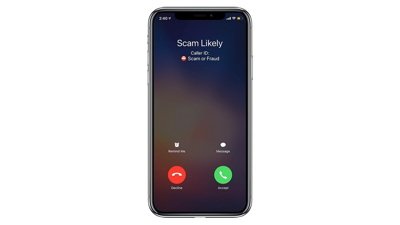
 Charles Martin
Charles Martin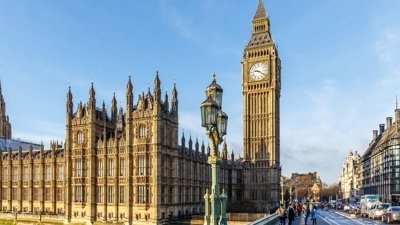

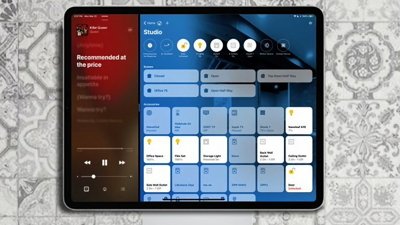
 William Gallagher
William Gallagher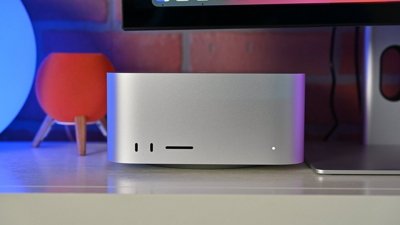
 Malcolm Owen
Malcolm Owen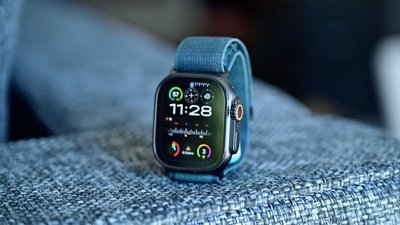
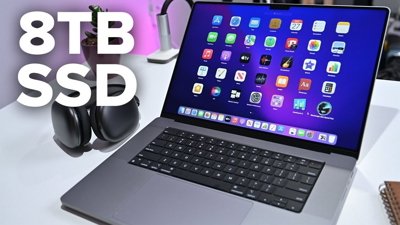
 Christine McKee
Christine McKee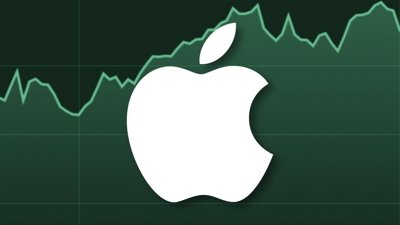
 Marko Zivkovic
Marko Zivkovic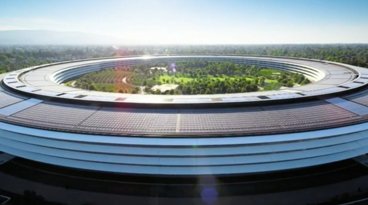
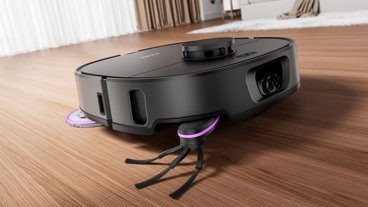
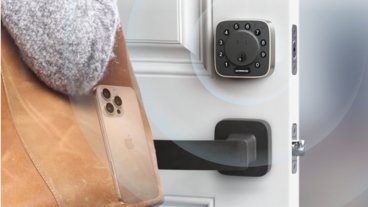







72 Comments
This sounds like a greatly beneficial merger towards increasing the capabilities of mac os x servers in hardware and support. Sounds good to me.
this would be amazing. three great companies can crush micro$oft right about.....now....
Good reasoning.
As I said in my post yesterday, this will be a nightmare for Java and OpenSource as IBM will ruin or kill all of Sun's excellent software products:
http://forums.appleinsider.com/showthread.php?t=96439
I doubt it changes anything. Apple's abrupt departure from the PPP alliance took IBM by surprise and I'm sure there's still a bit of animosity there.
IBM losing Mark Papermaster to Apple doesn't help either.
Apple's refusal to support JAVA likely didn't help relations with Sun even though ZFS and Dtrace probably eased the bruised egos.
In the end I'd rather have an Apple-Sun merger but I can understand why Apple doesn't want to go down that road.